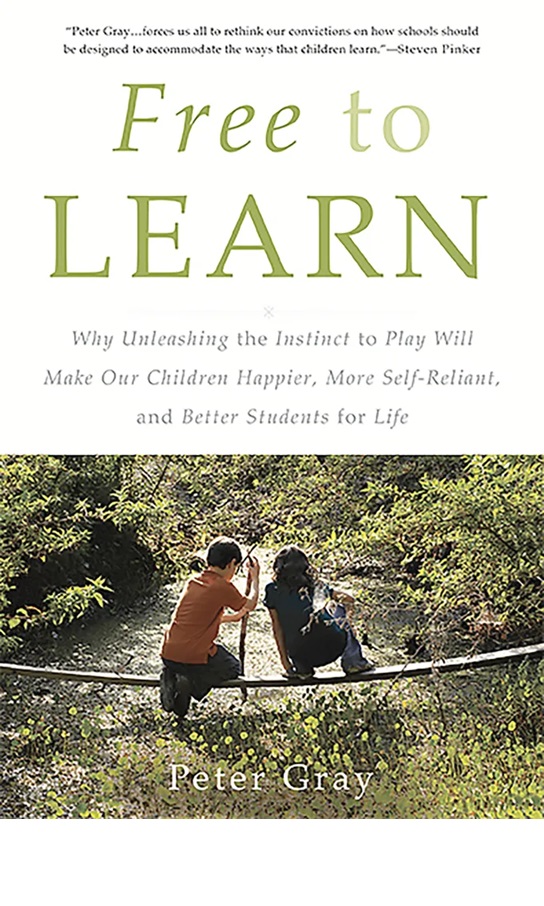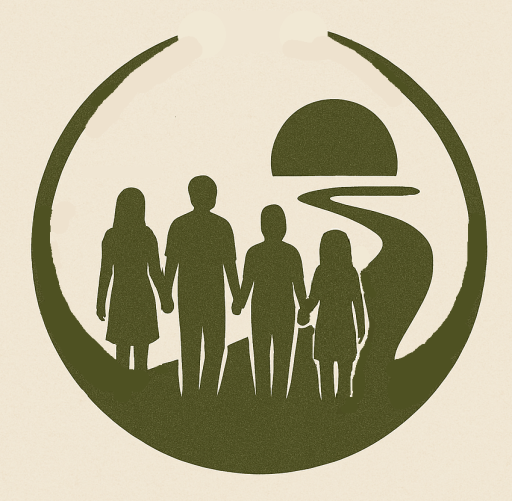“Children come into the world burning to learn. What extinguishes that flame is often school.”
— Peter Gray, Free to Learn

At Sudbury Valley School in Massachusetts, there are no teachers. No curriculum. No tests. No grades. No age segregation. And yet, for over fifty years, its alumni have gone on to become scientists, artists, engineers, tradespeople, business owners, and—most strikingly—whole human beings. People who actually like learning.
One graduate put it like this:
“At Sudbury, I learned how to learn. That meant I could do anything.”
When I first read those words, I felt a mix of relief, awe, and unease. Relief that there is another way. Awe at the results. Unease because… what if we’ve got it all wrong?
A growing question
We’ve been concerned about taking Adam and Dani out of school to travel—knowing that our planned journey next year will mean taking them out of the classroom for a year or more. We chose next year to minimise the social impact, being between senior years and while the adventure excites us, there’s a gnawing fear too:
Will we be judged? Will our kids “fall behind”? Are we being irresponsible?
By now you may have realised we don’t take decisions likely and a visit to the library catalog and a little patience for my turn in the HOLD queue yielded Free to Learn. In its pages, Peter Gray—a developmental psychologist and long-time advocate for self-directed education—does something powerful: he gives us permission to trust our kids. Not just with their learning, but with their lives.
And he backs it up with evolutionary biology, decades of research, and stories from radical schools where learning flourishes not in spite of the absence of structure—but because of it.
School as we know it: A system of coercion
Gray doesn’t mince words. He draws an unsettling but convincing comparison between modern schooling and prison—compulsory attendance, bells, timetabled breaks, surveillance, punishments, and rewards all designed to enforce compliance. The intention may be different, but the effect is eerily similar.
In one passage, he writes:
“We have created a system of coercive education—one that often crushes curiosity, stifles creativity, and undermines intrinsic motivation. We make children do what we think is best for them, then wonder why they resist.”
It’s hard not to see our own schooling in that mirror. The anxiety. The arbitrary rules. The feeling that your worth is measured in grades, your future determined by standardized tests. All turning our children, who want to cooperate with another, who want to share, into competitive, sneaky, cheating wrecks, waiting to be told what to do and then trying to figure out just how the teacher wants them to.
It’s even harder not to worry we’re doing the same to our own kids.
The alternative: Learning that begins with play
Gray takes us back—way back—to our evolutionary roots, showing how human children evolved to learn through play, exploration, imitation, and storytelling. Not through instruction. Not through coercion.
He shares example after example from self-directed schools like Sudbury Valley, where children are trusted with complete responsibility for their own education. No adult-imposed curriculum. No grading. No pressure.
The results?
- Sudbury Valley alumni pursue a wide range of careers and report high satisfaction with their lives and choices.
- Studies of hundreds of alumni showed the vast majority went on to college or university and successful careers. Not because they were pushed—but because they chose to.
- Former students consistently report being better prepared for adult life—not in terms of memorized facts, but in confidence, adaptability, and self-knowledge.
As one former student said:
“It was weird in college. My classmates waited to be told what to do. I’d never learned that. I knew how to figure things out.”
Why this matters to us
This isn’t just an abstract interest for us. To make our journey, we’ll be stepping off the path—leaving behind school drop-offs and test scores, packing lunches and nagging about homework—to begin a journey powered by bikes, by community, and by curiosity. A journey to explore what it really means to live more with less.
And yes, we’re nervous. Emelie and I have talked at some length, not always calmly, about what the most right thing to do is.
We know people will question our choice to take Adam and Dani out of school. We were questioning it too. But Free to Learn helps us reframe the question entirely:
Instead of asking “Will they fall behind?”, we’re asking “Who might they become if we get out of their way?”
Instead of worrying about what they’ll miss, we’re wondering what they’ll discover—in the forests of Borneo, on the deck of a sailing boat, in a roadside stall learning to barter, or in a long conversation with a stranger in a language they’re just beginning to understand.
We’re not rejecting learning. We’re embracing it—in its wildest, freest, most meaningful form.
Final thoughts
If you’ve ever watched your child get lost in something they love—a LEGO world, a backyard expedition, a story they just have to tell—you already know what Gray is talking about. That fire. That focus. That joy.
Free to Learn is a reminder that we don’t have to crush that spark in the name of education. We can fan it. Protect it. Trust it.
Because maybe our job as parents isn’t to shape our kids—but to give them the space to shape themselves.
And if that means stepping off the well-worn path?
We’re ready to try.
NB. This post is by Jon and the views expressed are his and the author only.

2 thoughts on “Free to Learn – Why a year out of school might be the best thing we could do for our kids.”